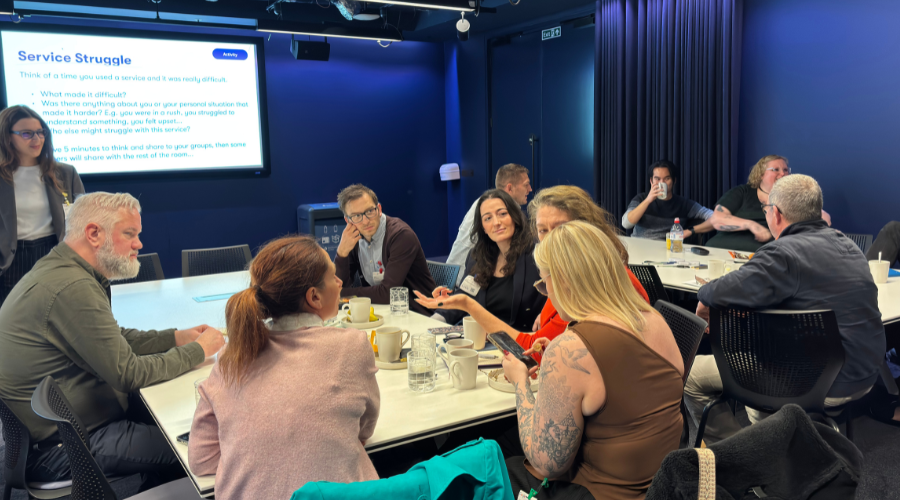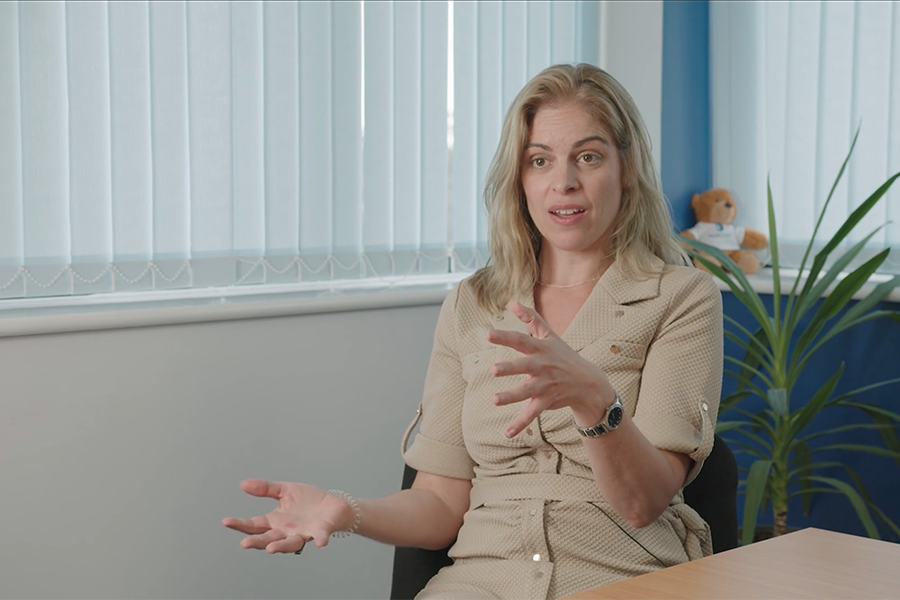Inside a live digital transformation: Credit Week panel session
We took to the stage at Credit Week for a discussion about transformation - from the perspective of a client going through the process
At Credit Week 2025, we took part in a panel session called "Inside a live digital transformation: lessons from the front line." Our chair, Shiona Crichton, CEO of Moneyline, guided the conversation with Jemma Holland, Director of Transformation at Billing Finance, James Hill, our CEO, and Pete DeSouza, Partnerships Director at Tuum. We dished the dirt on what it's really like to go through a transformation process: what's worked, pitfalls to avoid and lessons learned so far.
Why change? The push for modernisation
Jemma kicked things off by explaining that their big digital project came from looking closely at their business goals. For them, it wasn't just about new tech; it was about people, processes, and data too. An important early step was figuring out not just what they wanted to do, but also what they definitely didn't want. They chose to work with companies like Flexys and Tuum to give their teams better tools, moving away from relying too much on IT.
James pointed to bigger industry changes, especially how customers now expect things to be super easy, like using Google or Apple services daily. He said customers often care more about how simple it is to use a service than who the company actually is. This project is a big step for Billing Finance, setting them up for the next 10-20 years. The aim is to make payments and the collections process easy, and use Flexys' real-time information to make better decisions.
Pete talked about the advantage of building things with modern design. Tuum's system is like building blocks, so companies only pay for what they need and can add more as they grow. This flexibility means businesses can create their own products and make changes without always needing outside help. Tuum focuses on what they do best (accounts, lending, payments, cards) and works smoothly with other companies for different services, so clients can easily swap things around.
Making it work: Handling the tricky bits
A key part of the discussion was about handling complicated projects and making sure they work when several companies are involved.
James stressed the importance of starting correctly and showing quick results to avoid projects that never end. He highlighted that true partnerships are more than just company logos on a slide. Being able to show how different systems work together right from the start, as Flexys did with Tuum, really helped Billing Finance trust the process. He also advised building for the future, not just for today's needs, to ensure the system can grow.
Pete shared how Tuum works with clients. He admitted that change is never simple and can be a bit messy. But he pointed out that senior leaders needing to be on board and a company culture that welcomes change are crucial. Tuum's detailed sales process helps everyone understand the goals and sort out any missing bits early on. Their commitment to being open, letting clients try out their system, and sticking to delivery plans builds confidence.
From a client perspective, Jemma agreed about the value of working together. She said the teams from Billing Finance, Flexys, and Tuum share information openly, so everyone understands the bigger picture. She especially liked how quickly they could set up a test environment, letting her team get hands-on, which led to better results.
Top tips for your own digital journey
The session ended with some really useful advice for anyone starting a digital change project:
- Don't get too caught up in tiny details at the start: While clear plans are good, don't overthink every small requirement from day one.
- Be open and work together: Everyone involved needs to understand their role, how they connect, and be honest when things get tough.
- Be ready to solve problems as a team: Change projects will always have bumps in the road. It's vital that partners can sort out issues and avoid blaming others.
- Build for growth and the future: Design systems that can handle new challenges and upcoming technologies like AI.
- Getting it live is key: Actually launching the new system is the most important step to achieving your goals.
- Be flexible: The ability to quickly change direction and adapt your methods when new information comes in is vital.
If you feel inspired to improve your collections operation, take a look at our guide to beginning your transformation journey.




.png)


